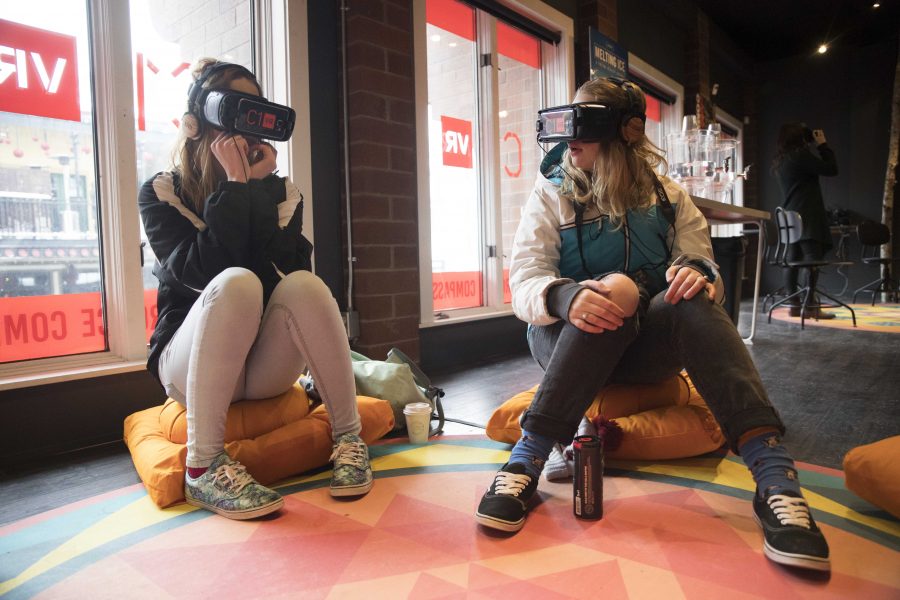The concept of virtual reality is as big an element in science fiction as hover cars and galactic spaceships. The science fiction tropes often allow escape from the torment of post-industrial society to utopian lucid dreams. Modern-day VR companies may market their products as being capable of this level of escapism, but sadly, we’re closer to building our own utopian reality than realistically simulating one.
A few weeks ago I had the opportunity to try out one of the world’s first VR amusement parks, The Void, which was founded in Lindon, Utah. The experience begins with users dawning a VR headset and fastening on a hefty backpack, which houses a portable computer inside, responsible for handling the intensive computational work necessary for the VR demonstration. The particular VR demo I participated in has four participants role-playing as rebels in the Star Wars universe, seeking to complete a mission to infiltrate an Imperial stronghold, just like any good Star Wars game. Users are required to walk around lava springs that emit tangible heat, pull tangible switches, shoot Stormtroopers with tangible laser guns and ride on hover platforms 300 ft. in the air, which can induce vertigo.
The Void is able to produce experiences like this by custom designing their warehouses with physical objects and scenes that are then overlaid by virtual objects and scenes shown on the user’s headset. Psychological tricks are also employed, such as redirected walking, which can trick players into reusing physical spaces by confusing the player into thinking a previously occupied space they were just in is now a new space.
The Void’s VR demo was hardly a seamless experience. The bulky headset and backpack made movement cumbersome and the linear “train track” level design held your hand through the entire experience. Poor visual fidelity, physics glitches (such as your friend’s character glitching into the wall) and buggy hand-tracking made immersion difficult to say the least. These aren’t just flaws of The Void’s product, but are indicative of industry-wide problems that have existed since the ’90s when the first VR headsets became commercially available to consumers.
Common complaints about VR headsets are that they make people motion sick, they lack mobility and immersion due to wired cables and the entry cost of most headsets is extremely high. The lack of successful commercial content for VR is telling of how hard it is to produce unique VR content and is apparent with the countless clones of video game designs. Game developers know the player only has a small amount of walking space and is obstructed by bulky cables. Steam, a video game platform, records that VR games are played on average for 1 hour and 49 minutes while the platform-wide average is 3 hours and 31 minutes (193 percent more play time), hinting at the lack of playability, making most VR titles a novelty.
Ultimately, these shortcomings arise because of the disparity between modern VR and the VR we were promised as children. Tech companies are good at marketing their products in such a way that it invokes our emotional desire for futuristic technology. This happens in all technology industries, such as marketers who claim that their software or platform has “artificial intelligence” when in fact these products are no more intelligent or cognizant than a Bluetooth-enabled toaster. Unfortunately for consumers, VR is more like a high-resolution monitor strapped to your head than a fully immersive experience where you plug in and let your sensations be hijacked by a computer system that simulates a genuine alternate reality. While it may seem unfair to judge these products by the science fiction definition of virtual reality, marketers seem fine soliciting these products with futuristic ardor, so it seems only fair to judge these tech companies by their own lofty claims.



Thomas Hall • Oct 24, 2018 at 1:57 pm
so it’s not as immersive as you would like…ok btw it’s donning not dawning.